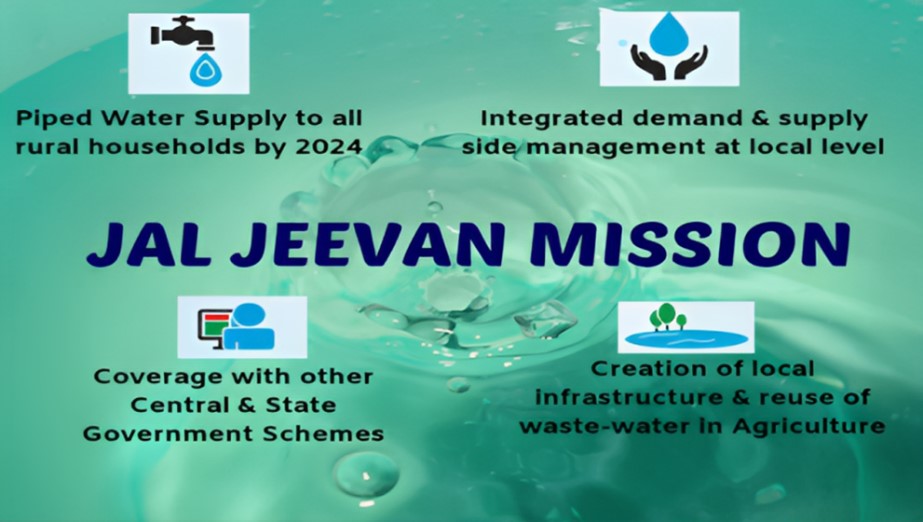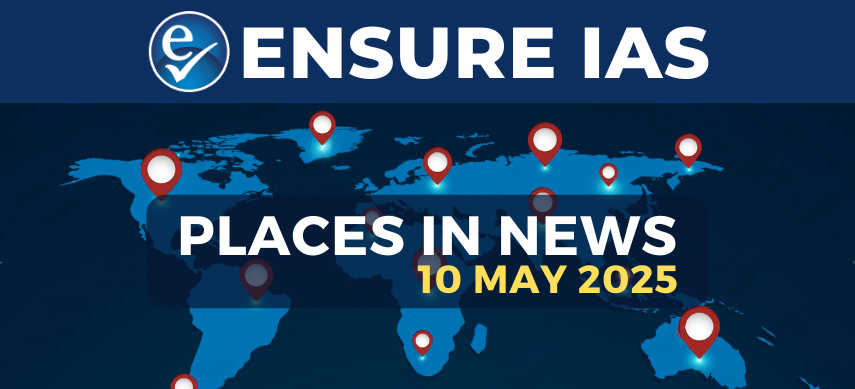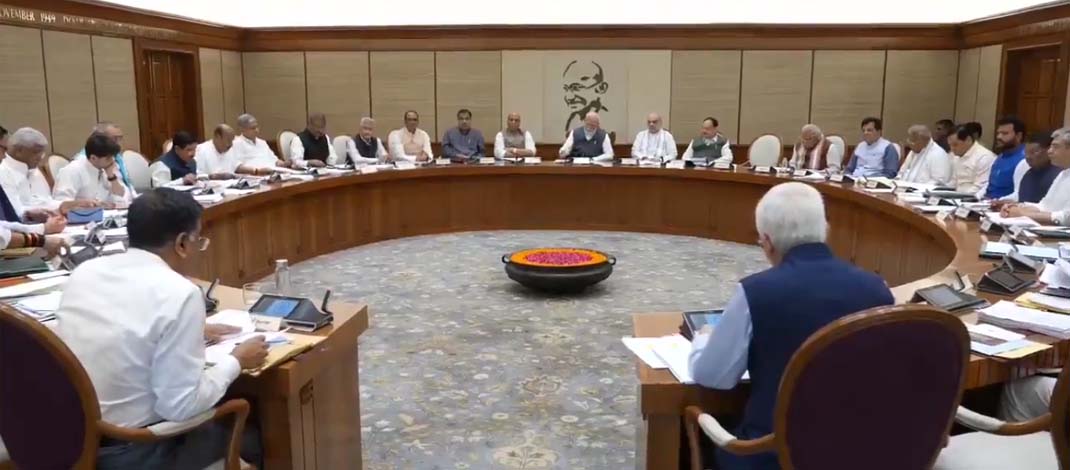- Courses
- GS Full Course 1 Year
- GS Full Course 2 Year
- GS Full Course 3 Year
- GS Full Course Till Selection
- Online Program
- GS Recorded Course
- NCERT (Recorded 500+ Hours)
- Polity Recorded Course
- Geography Recorded Course
- Economy Recorded Course
- AMAC Recorded Course
- Modern India, Post Independence & World History
- Environment Recoded Course
- Governance Recoded Course
- Science & Tech. Recoded Course
- International Relations and Internal Security Recorded Course
- Disaster Management Module Course
- Ethics Recoded Course
- Essay Recoded Course
- Current Affairs Recoded Course
- CSAT
- 5 LAYERED ARJUNA Mentorship
- Public Administration Optional
- ABOUT US
- OUR TOPPERS
- TEST SERIES
- FREE STUDY MATERIAL
- VIDEOS
- CONTACT US
Jal Jeevan Mission
Jal Jeevan Mission
12-06-2023


Latest Context
Recently, in its recent study the World Health Organization (WHO) pointed out the crucial impact of the Jal Jeevan Mission (JJM) on significant health and socio-economic benefits.
Main Points of the Study
- Avoidance of Disability Adjusted Life Years (DALYs): JJM is very useful in saving approximately 14 million DALYs connected with diarrhoea in addition to assisting the woman who spent around USD 101 billion and 66.6 million hours every day in collecting the water. DALY indicates the loss of the equivalent of one year of full health. DALYs for a disease or health condition are the sum of the years of life lost due to premature mortality (YLLs) and the years lived with a disability (YLDs) due to prevalent cases of the disease or health condition in a population.
- Stopping Deaths from Diarrhoea: One of the biggest advantages of JJM is that it has the capability to check approximately 4 lakh deaths from Diarrhoea. It points out the life-saving impact of offering piped potable water to all households in India.
- Gender Equality: It also causes an increase in gender equality by decreasing the burden of water collection on women and offering them more avenues for education and employment.
Jal Jeevan Mission
- Introduction: Jal Jeevan Mission was launched in 2019. One of the main missions is to supply 55 litres of water per person per day to every rural household through Functional Household Tap Connections (FHTC) by 2024. Additionally, it wants to create a Jan Andolan to make water everyone’s priority. Jal Shakti Ministry heads this scheme.
- Objective: Under this mission, attention is paid to the functionality of existing water supply systems and water connections and the quality of water in addition to the monitoring and testing and sustainable agriculture. In addition, it also paid attention to the conjunctive use of conserved water; augmentation of drinking water resources, drinking water supply system, grey water treatment and its reuse.
- Features
- It lays emphasis on the integrated demand and supply-side management of water at the local level.
- Its focus on creating the local infrastructure for source sustainability measures such as rainwater harvesting, groundwater recharge and management of household wastewater for reuse, is undertaken in convergence with other government programmes/schemes.
- It is a community-based program for water that comprises extensive information, education, and communication as a key component of the mission.
- Implementation: Under this mission, Paani Simitis’s plan has been made in order to implement, operate and maintain, manage, village water supply systems. It contains 10 to 15 members with at least 50% women members and other Self-Help Groups members, accredited social and health workers, anganwadis teachers, etc. Their work is to prepare a one-time village action plan in addition to merging all available village resources. The plan is approved in a Gram Sabha before implementation.
- Funding Pattern: Centre and states share are 90:10 for Himalayan and North-Eastern States, 50:50 for other states, and 100% for Union Territories.
The Performance of JJM:
- In 2019, there has been an increase in piped water connections in rural households from 3.2 crores (16.6%) to currently about 12.3 crores (62%).
- Five states namely Telangana, Goa, Gujarat, Haryana, and Punjab and three Union Territories Daman Diu & Dadra Nagar Haveli, Andaman & Nicobar Islands, and Puducherry have reported 100% coverage.
- In Himachal Pradesh, it covers approximately 98.87%. Himachal Pradesh is followed by Bihar at 96.30%, are also poised to achieve saturation in the near future.
Jal Jeevan Mission (Urban)
- Jal Jeevan Mission (Urban) was announced under the Ministry of Housing of Urban Affairs to provide universal coverage of water supply to all households through functional taps in all statutory towns in accordance with Sustainable Development Goal- 6 in Budget 2021-22.
- Its target is to complement the Jal Jeevan Mission (Rural) that envisages the supply of 55 litres of water per person per day to every rural household through Functional Household Tap Connections (FHTC) by 2024.
Objectives of Jal Jeevan Mission (Urban):
- To replenish water bodies.
- To safeguard tap and sewer connections
- To create a circular water economy.

Q. What is water stress? How and why does it differ regionally in India? (2019)


